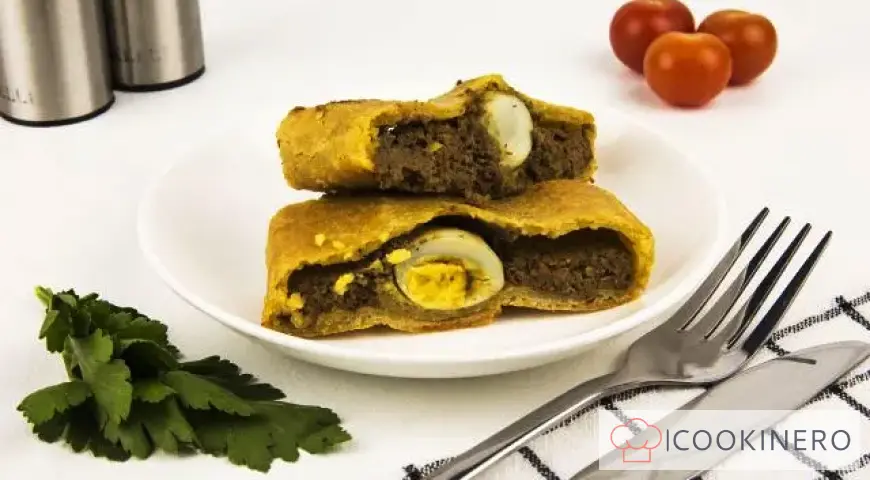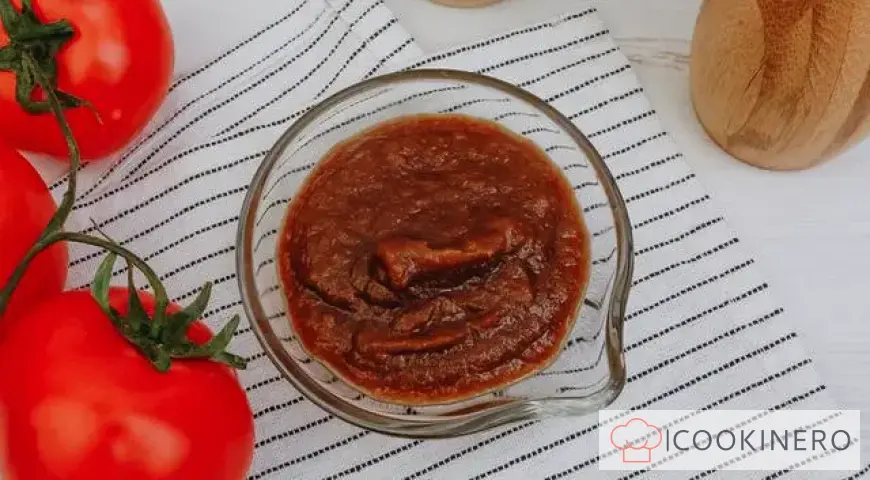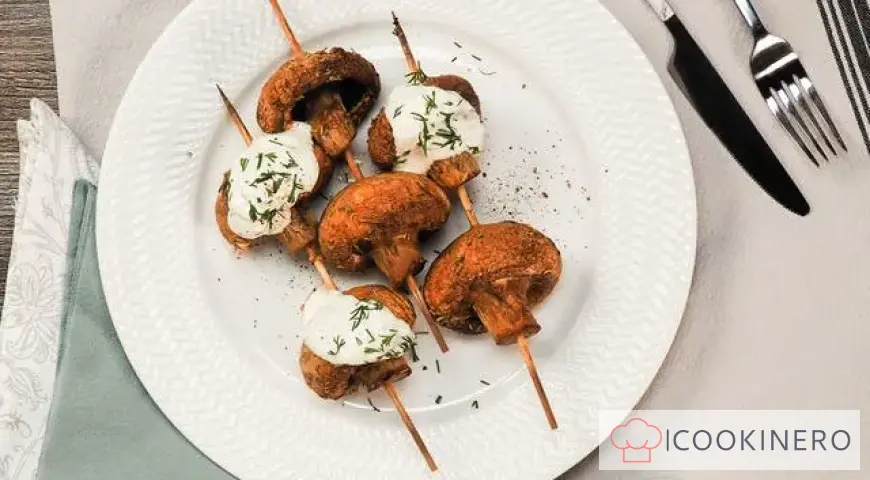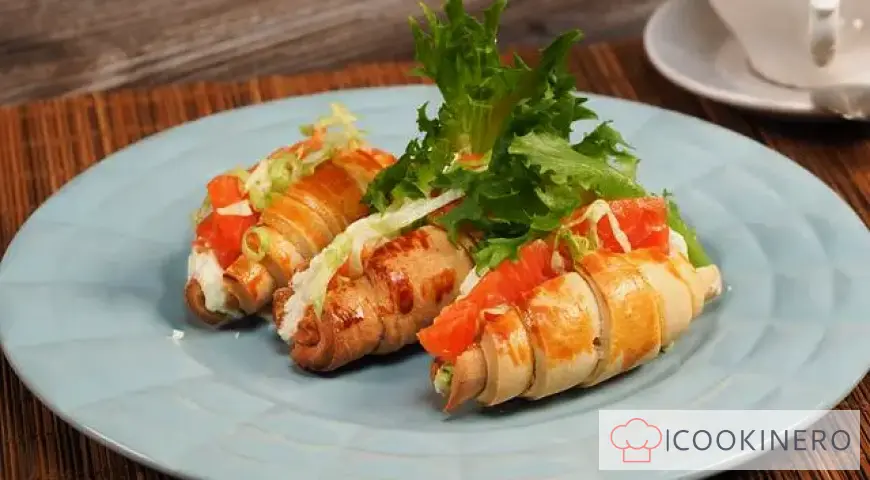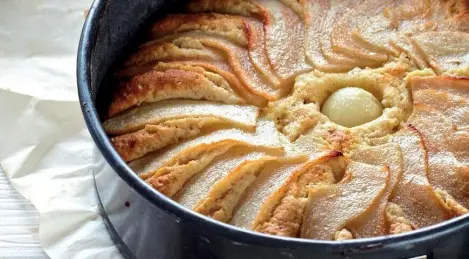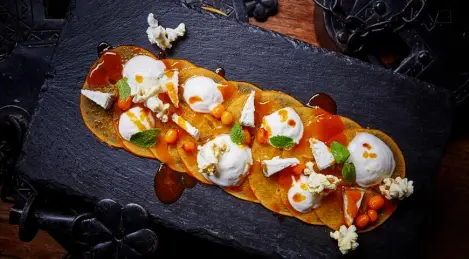Cheese sticks in the oven

Cheese sticks in the oven are crispy and aromatic. Mayonnaise, which is added at the dough preparation stage, gives them a piquant taste. The recipe for cheese sticks in the oven is very simple. To prepare at home, you will need high-quality hard cheese - it should not be squeezed and have a dense structure ("Tilsiter", "Maasdam").
How to cook Cheese sticks in the oven
Step 1

Prepare the dough. Beat the egg whites, add mayonnaise and soft butter. Beat for 1-2 minutes. Grate the cheese on a fine grater and add to the resulting mixture. Add salt, flour and soda. Mix until smooth. Knead a thick dough and put it in the refrigerator for 30 minutes.
Step 2

Prepare the cheese sticks. Grease the table or work surface where you will roll out the dough with vegetable oil. Roll out the dough into a layer 0.5 cm thick and cut into strips 1-1.5 cm wide. Place the cheese sticks on a greased baking sheet. Grease the sticks with yolk and sprinkle with sesame seeds. Bake the sticks in an oven preheated to 200 ˚C for 20 minutes.
Cheese sticks in the oven - FAQ About Ingredients, Baking Time and Storage
Reviews: 0
0 Overall ratingHave you already prepared this recipe? Tell what you think.
Write a review
Trending
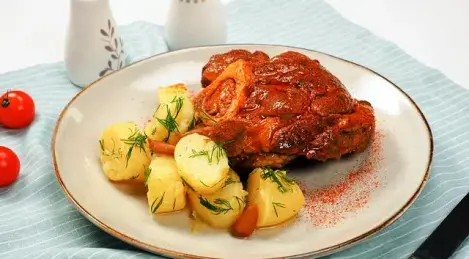
Beef knuckle
The special value of the beef knuckle (the lower part of the beef carcass leg) is the marrow bone, rich in nutrients. The recipe recommends using meat from young animals no more than 20 months old. It can be distinguished by the rich red and pink col
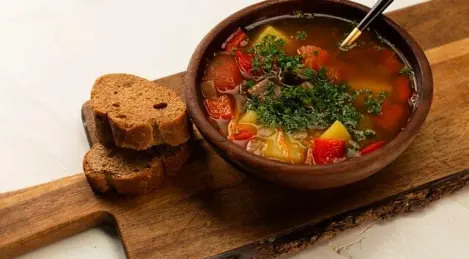
Beef shurpa
Shulum, chorpa, shorpo, sorpa... In different countries, shurpa is called by different names, but it looks about the same everywhere: a rich soup with meat and vegetables. Various herbs and spices can be added to it, or it can be made on the basis of
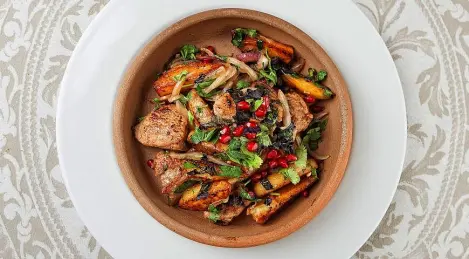
Ojahuri from veal
Ojakhuri is a classic Georgian dish. In fact, this meat and potatoes are a win-win combination. You can use different types of meat for ojahuri. We will choose tender veal. Odeakhuri is traditionally served on a ketsi (clay plate) to keep the dish ho
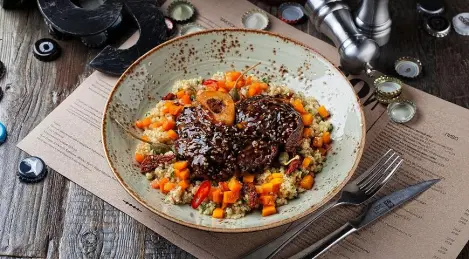
Ossobuco with bulgur and pumpkin
Ossobucco is a piece of beef shank that is stewed for a long time with vegetables and tomato. Served on bones.
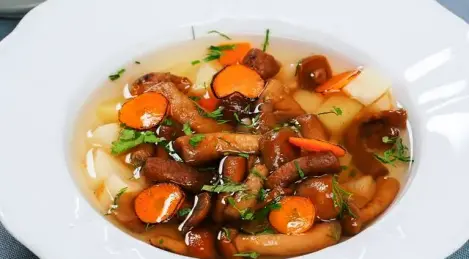
Honey mushroom soup
Frozen honey mushrooms allow you to enjoy the taste and aroma of mushroom soup even in winter. There are many recipes with honey mushrooms and other frozen or dried mushrooms in traditional Russian cuisine. But soup with honey mushrooms, frozen whole


